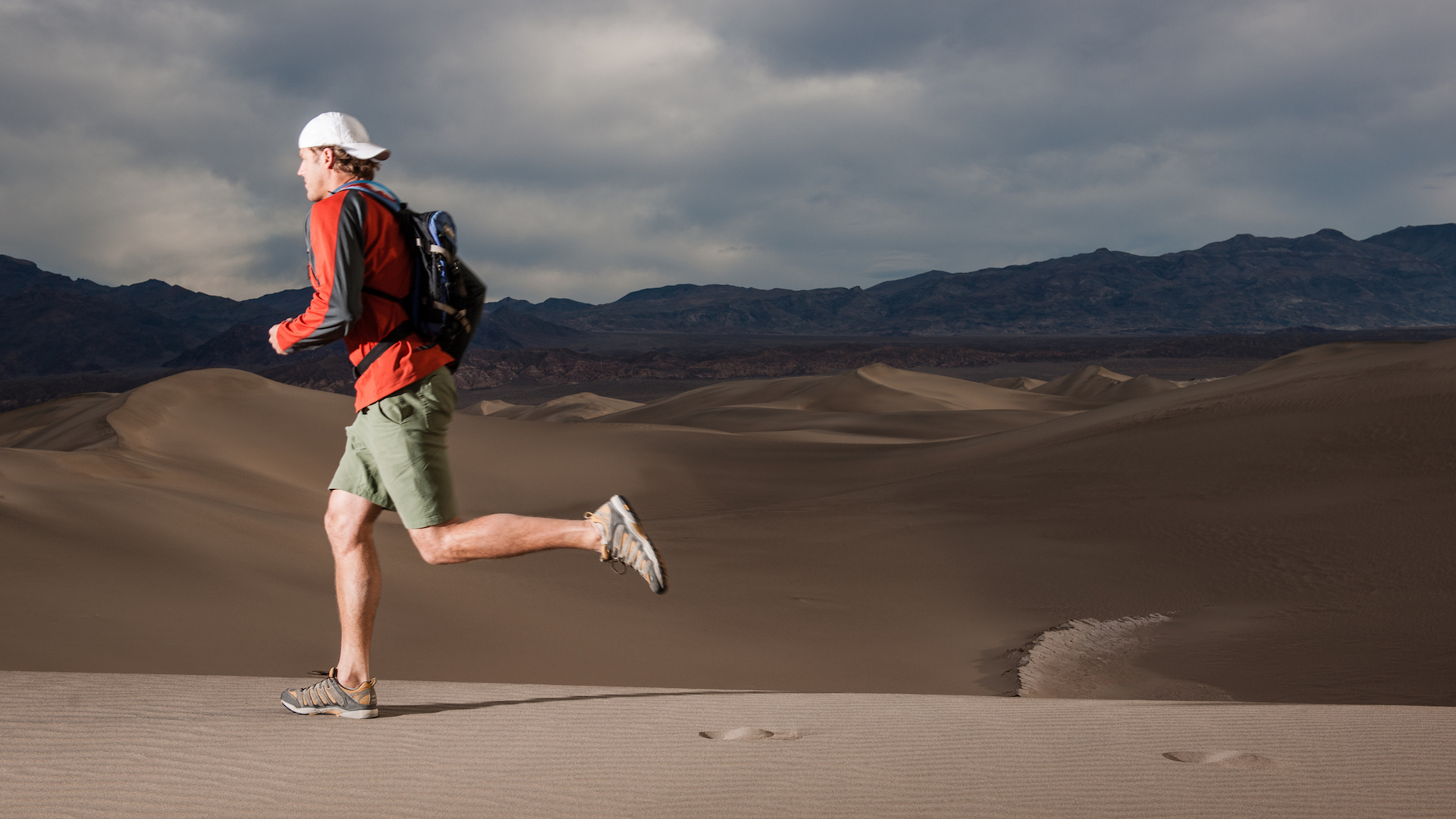Ultra-running simply refers to any running distance above marathon distance, i.e. 26.2 miles. Generally speaking, ultra-marathons will usually be a minimum of 50km or 31 miles. With ultra-running books like Christopher McDougall’s bestselling Born to Run, now widely available, myths about the harmful effects of running long distances to humans have been dispelled. Instead, it is now commonly believed that the human body is more than capable of taking on ultra-distance running, and so the popularity of such events has grown substantially in recent years.
Ultra-running and ultra-marathon events are no longer reserved for elite endurance athletes, they now attract runners of a wide range of abilities. Here are a few essential things you need to know about ultra-running if you are thinking about going the distance.





